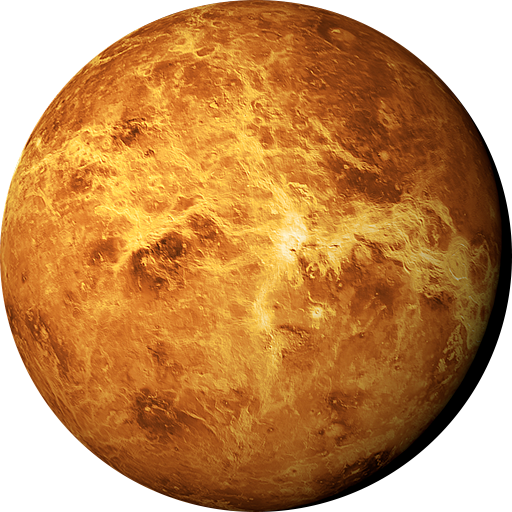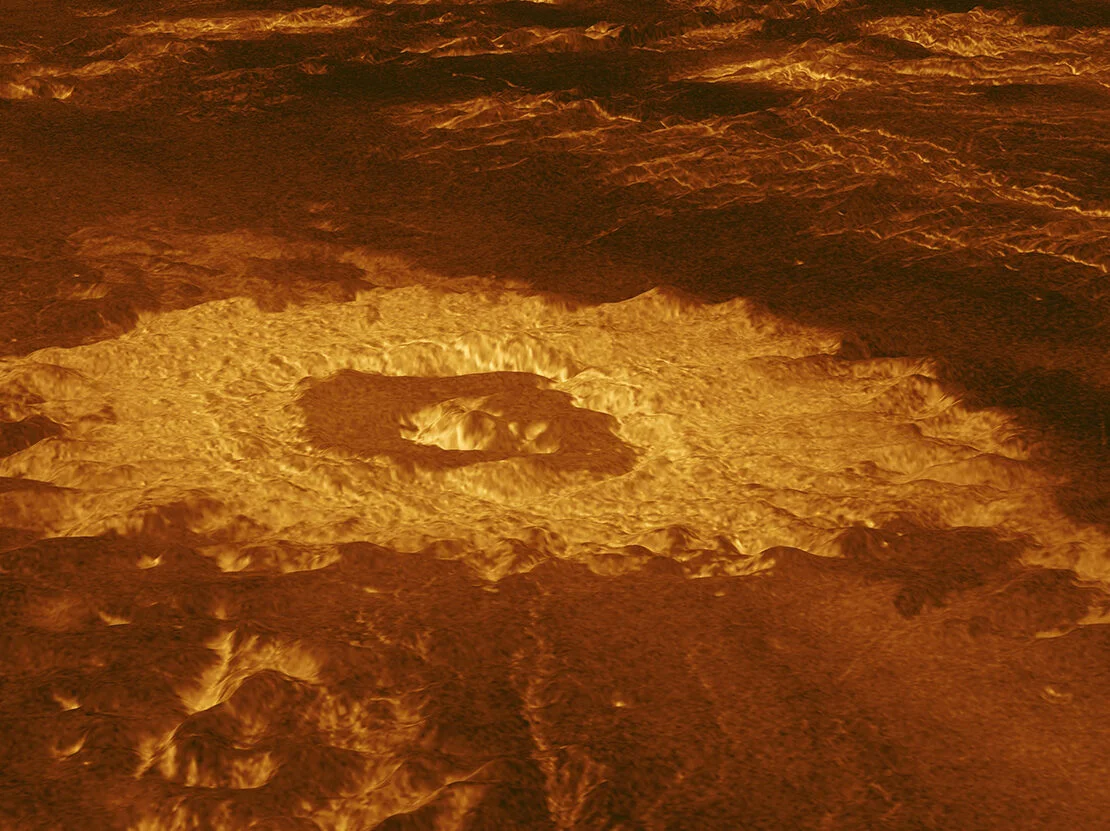Venus
Venus, often referred to as Earth's "sister planet," holds a captivating place in our solar system. Named after the Roman goddess of love and beauty, Venus is the second planet from the Sun and the closest one to Earth. While it shares some similarities with our planet, such as its similar size and rocky composition, Venus is shrouded in an enigmatic veil of mystery. Its dense atmosphere, scorching temperatures, and runaway greenhouse effect make it a hostile and inhospitable world


Introduction to Venus
Venus, often referred to as Earth's "sister planet," holds a captivating place in our solar system. Named after the Roman goddess of love and beauty, Venus is the second planet from the Sun and the closest one to Earth. While it shares some similarities with our planet, such as its similar size and rocky composition, Venus is shrouded in an enigmatic veil of mystery. Its dense atmosphere, scorching temperatures, and runaway greenhouse effect make it a hostile and inhospitable world. Venus is often described as a "hellish" planet, with surface conditions that can melt lead and atmospheric pressures over 90 times that of Earth. Despite these extreme conditions, studying Venus provides valuable insights into planetary evolution, atmospheric dynamics, and the potential impacts of greenhouse gases. Unraveling the secrets of Venus may help us better understand our own planet and shed light on the broader processes shaping habitability in the universe.

The composition and structure of Venus
The composition and structure of Venus, our neighboring planet, offer intriguing glimpses into its unique characteristics. Venus is predominantly composed of rock, primarily silicate minerals like basalt and granite, similar to Earth. Its inner structure consists of a metallic core, possibly composed of iron and nickel, surrounded by a rocky mantle. However, unlike Earth, Venus lacks plate tectonics, which results in a relatively stagnant surface. Venus's thick atmosphere is a defining feature, comprising mainly carbon dioxide with traces of nitrogen and sulfur dioxide. The atmosphere creates a dense blanket that traps heat and leads to an intense greenhouse effect. This effect contributes to Venus's scorching surface temperatures, which soar to over 450 degrees Celsius (850 degrees Fahrenheit), making it the hottest planet in our solar system..

The exploration of Venus
The exploration of Venus, our neighboring planet, has provided us with valuable insights into its unique characteristics and planetary processes. Beginning with flyby missions in the 1960s, followed by landers and orbiters, various spacecraft have ventured to Venus to study its atmosphere, surface, and geology. The Soviet Union's Venera missions, launched from the 1960s to the 1980s, successfully landed several probes on Venus, providing the first direct measurements and images of its surface. These missions revealed a harsh environment with high temperatures, crushing atmospheric pressures, and a corrosive atmosphere. In the 1990s, NASA's Magellan spacecraft used radar mapping techniques to map almost the entire surface of Venus, allowing scientists to study its topography and identify various geological features, including impact craters, volcanoes, and vast plains. More recently, the European Space Agency's Venus Express mission (2005-2014) explored Venus's atmosphere, investigating its composition, dynamics, and the enigmatic phenomenon known as "super-rotation," in which the atmosphere circulates much faster than the planet's rotation.